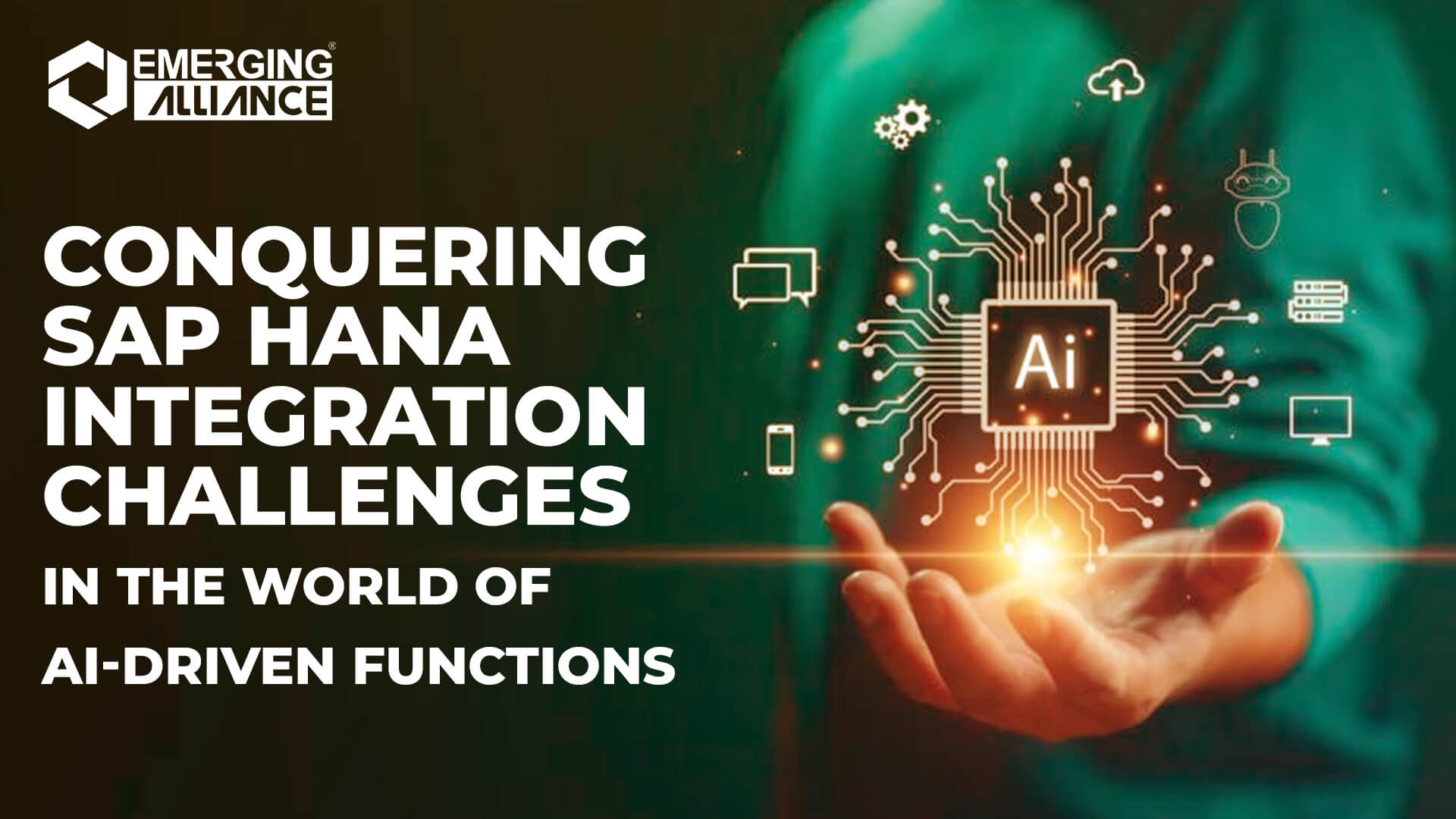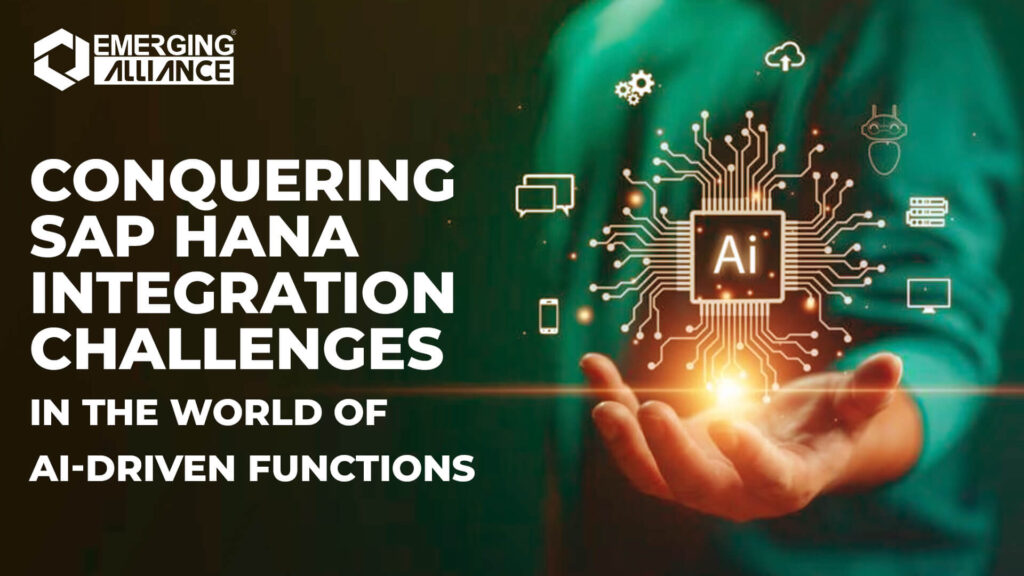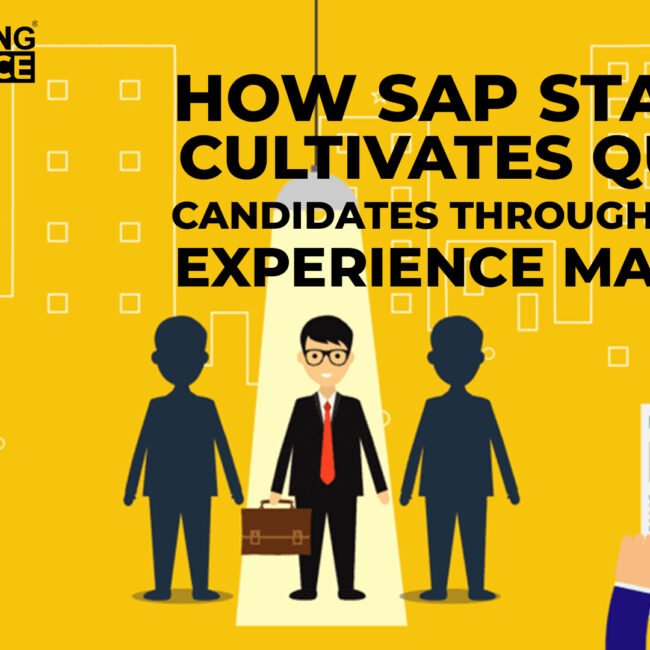
Conquer SAP HANA’s Integration Challenges in the World of AI-Driven Functions

Overcoming SAP HANA Integration Challenges with AI-Driven Functions
In today’s fast-paced business environment, harnessing the power of cutting-edge technologies like SAP HANA and its AI-driven functions has become crucial for enterprises seeking to gain a competitive edge. However, integrating and leveraging these advanced capabilities can pose significant challenges. In this step-by-step guide, we will address the most common integration challenges related to SAP HANA AI-driven functions and provide actionable solutions to overcome them. Whether you’re considering adopting SAP B1 HANA, SAP S4 HANA, or simply interested in SAP HANA and ERP solutions, this guide will help you navigate the potential obstacles and unlock the full potential of AI-driven functions.
Understanding the Benefits of SAP HANA AI-Driven Functions:
Before delving into the integration challenges, let’s explore the incredible benefits that SAP HANA AI-driven functions can offer to businesses. These include enhanced decision-making, intelligent automation, predictive analytics, and improved customer experiences. By leveraging AI capabilities within the SAP HANA environment, organizations can streamline operations, gain valuable insights, and optimize their business processes.
SAP HANA Integration Challenges Faced by Customers:
a) Data Silos and Fragmented Systems:
One of the primary integration challenges is dealing with data silos and fragmented systems. Many organizations have disparate applications and databases that need to be seamlessly connected to SAP HANA AI-driven functions. This can lead to data inconsistency, duplication, and inefficient processes.
b) Compatibility and Interoperability:
Ensuring compatibility and interoperability between different systems, platforms, and versions is another hurdle. Integrating SAP HANA AI-driven functions with existing infrastructure, third-party applications, or external data sources requires careful planning and implementation.
c) Data Security and Governance:
Integrating AI-driven functions into SAP HANA brings concerns about data security and governance. Protecting sensitive data while leveraging AI algorithms and models requires robust security measures, access controls, and data privacy protocols.
Overcoming Integration Challenges in SAP HANA:
a) Conduct a Comprehensive Assessment:
Start by conducting a thorough assessment of your existing systems, applications, and data sources. Identify the key integration points and potential bottlenecks to gain a holistic understanding of the integration landscape.
b) Define Clear Integration Objectives:
Set clear integration objectives and prioritize them based on business needs. Determine the scope of integration, whether it involves real-time data synchronization, batch processing, or periodic data updates.
c) Choose the Right Integration Approach for SAP HANA:
Based on your assessment and objectives, select the most suitable integration approach. This could include using pre-built connectors, APIs, or middleware solutions to facilitate seamless data exchange between SAP HANA AI-driven functions and other systems.
d) Implement Data Governance and Security Measures:
To address data security and governance concerns, implement robust security measures, including encryption, access controls, and role-based permissions. Establish data governance policies and protocols to ensure compliance with relevant regulations.
e) Collaborate with SAP Experts:
Seek guidance from experienced SAP consultants or integration specialists who have expertise in SAP HANA and AI-driven functions. They can provide valuable insights, best practices, and assistance in designing and implementing a robust integration strategy.
Integrating SAP HANA AI-driven functions into your business processes can be a transformative endeavor. By understanding and addressing the integration challenges discussed in this guide, you can unlock the true potential of SAP HANA and leverage AI capabilities to drive innovation, optimize operations, and achieve business success. Remember to approach integration systematically, collaborate with experts, and focus on long-term scalability and flexibility. With the right strategies and solutions in place, you can overcome integration challenges and embark on a successful journey towards a future-ready intelligent enterprise.
To know more about SAP HANA and our services, visit us at: https://emerging-alliance.net/






